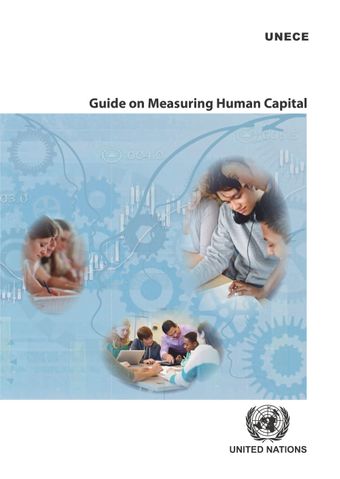Guide on Measuring Human Capital

The idea of viewing individuals’ knowledge and abilities as an asset—as human capital—can be traced back to the work of Adam Smith in the 18th century. But human capital is intangible, and hence hard to define and measure. Increasingly, however, policymakers are calling for ways to understand and quantify human capital, in order to better understand what drives economic growth and the functioning of labour markets, to assess the long-term sustainability of a country’s development path, and to measure the output and productivity performance of the educational sector. Devising a robust methodology for the monetary valuation of the stock of human capital is especially important as studies suggest that human capital is by far the most important component of the total capital stock in most advanced economies. This Guide on Measuring Human Capital discusses conceptual, methodological and implementation issues and challenges. The recommendations are a first attempt to come up with a way to estimate and record the role of human capital in a way that is aligned with the principles of the national accounts and that is comparable across economies.



